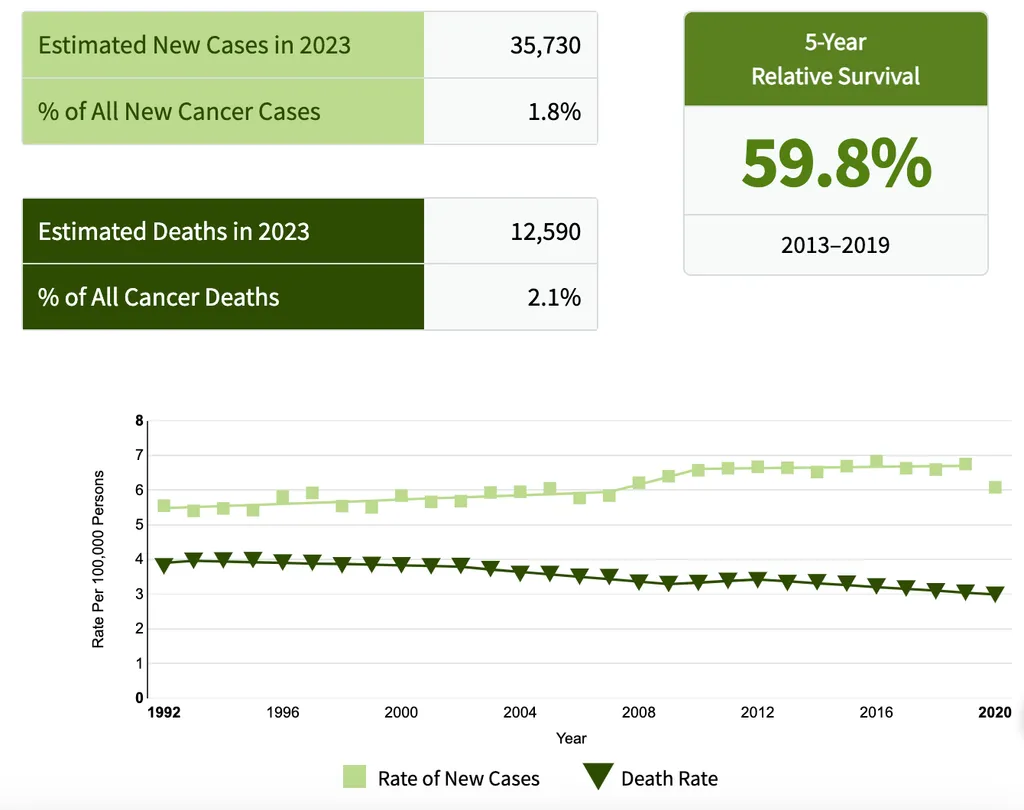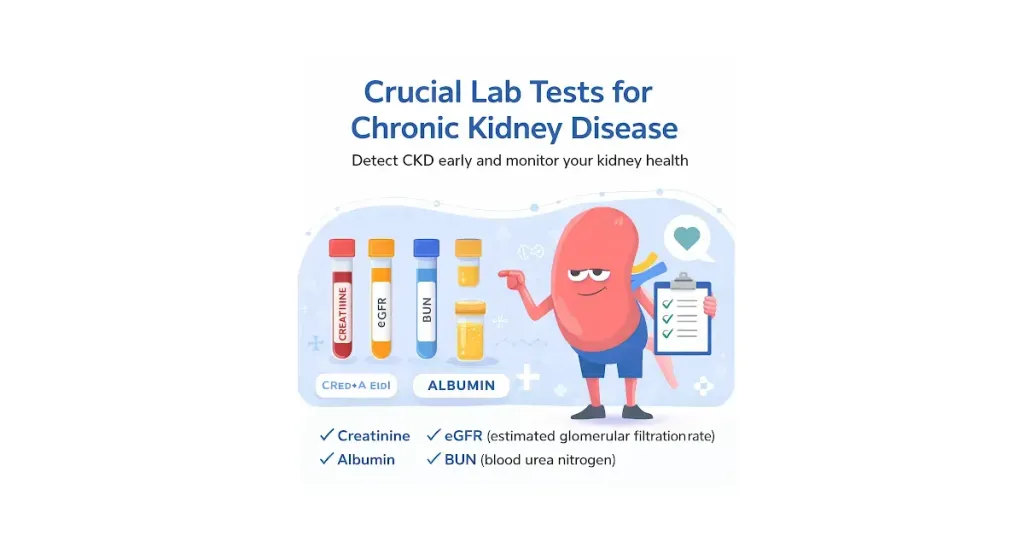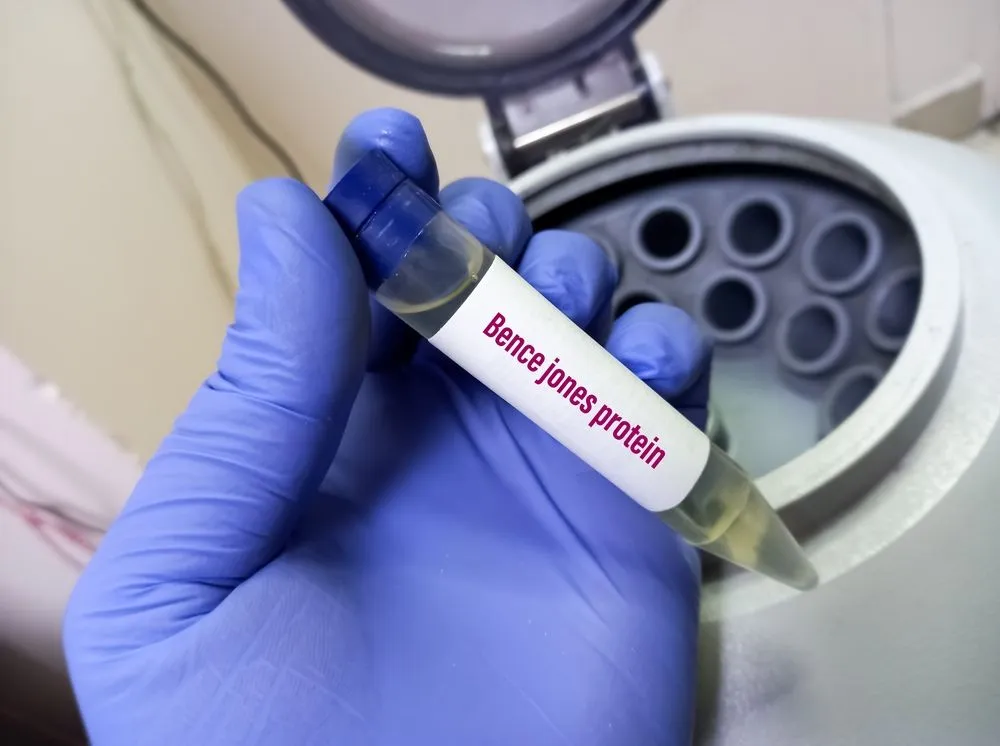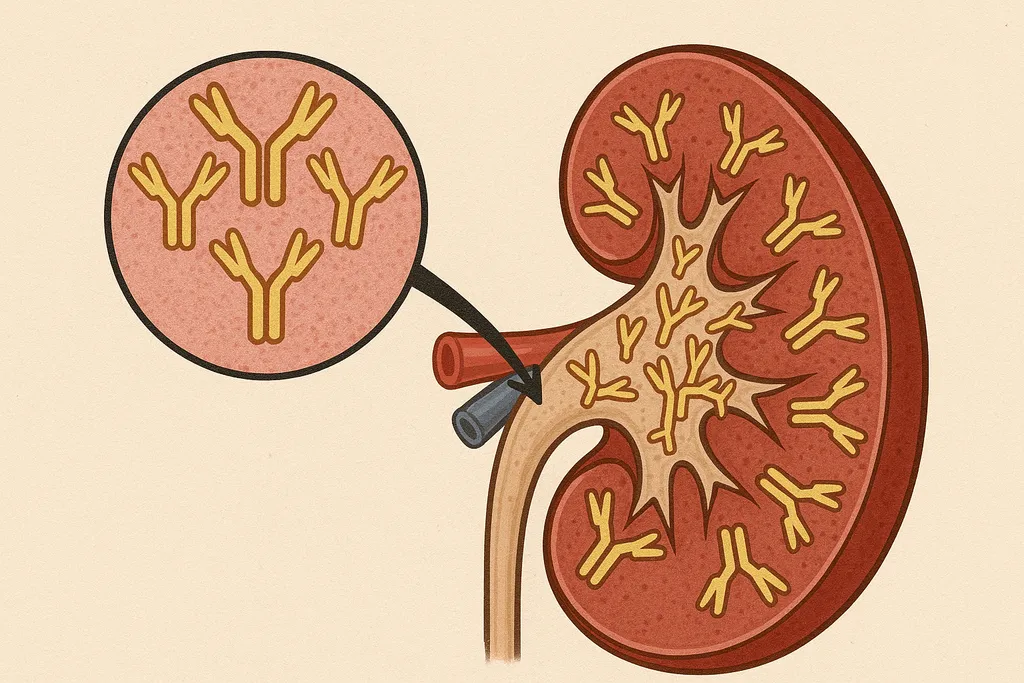What is the Multiple Myeloma Survival Rate?

Observational data from the United States National Cancer Institute’s Surveillance, Epidemiology, and End Results (SEER) shows the survival rate for multiple myeloma has stabilized with little change within the past few years, reporting a 59.8% survival rate. However, this estimate was measured from 2016 to 2020. In 2023, the estimated new myeloma cases were 35,730, accounting for 1.8% of all new cancer cases, whereas the estimated deaths in 2023 only accounted for 12,590, representing 2.1% of all cancer deaths.
What are the 2023 Myeloma Statistics?
Drugs have positively improved the myeloma survival rate over the past 20 years, and we hope research continues to possibly find a cure.
This includes the introduction of drugs such as:
- Thalidomide
- Velcade (bortezomib)
- Revlimid (lenalidomide)
- Kyprolis (carfilzomib)
- Pomalyst (pomalidomide)
- Darzalex (daratumumab)
- Empliciti (elotuzumab)
- Ninlaro (ixazomib)
- Farydak (panobinostat).
More recently...
According to Food and Drug Administration (FDA) granted approvals in 2021 idecabtagene vicleucel (Abecma®) was approved and, in 2022, it approved ciltacabtagene autoleucel (also known as cilta-cel or Carvytki™). Both CAR T therapies target BCMA, and both approvals were for treating adults with relapsed or refractory multiple myeloma.
Bispecific antibodies are also expanded with the most recent approval in August 9, 2023 to talquetamab-tgvs (Talvey, Janssen Biotech, Inc.) for adults with relapsed or refractory multiple myeloma.
Multiple Factors Are Influential For Myeloma Survival Rate
SEER statistics report higher survival rates in younger patients, even when survival rates are adjusted to account for patients' age. However, myeloma is most frequently diagnosed among people aged 65–74.
U.S. New Multiple Myeloma Patients
By Age Group.
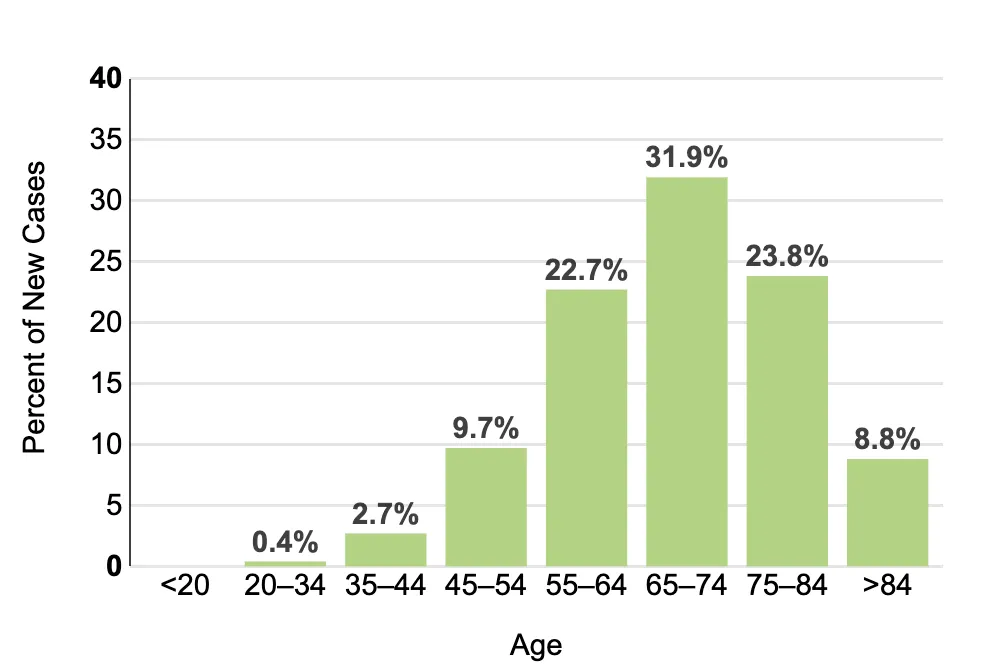
It is important to note that the data from 5 year survival rate available is the data from 1975-2015; almost 10 years have passed, but this means that many breakthroughs, as well as FDA medications and therapies, have been approved in the last years, so to have an accurate data, we would need more recent statistics.
Unlock Personal Insights Into Your Diagnosis for Free with HealthTree Cure Hub
By securely connecting your electronic health records, HealthTree Cure Hub allows you to discover treatment options, find a specialist, keep track of your disease, and so much more! Sign up for a free patient account today to get started. You can, too, contribute to finding a cure and help us do research!
Observational data from the United States National Cancer Institute’s Surveillance, Epidemiology, and End Results (SEER) shows the survival rate for multiple myeloma has stabilized with little change within the past few years, reporting a 59.8% survival rate. However, this estimate was measured from 2016 to 2020. In 2023, the estimated new myeloma cases were 35,730, accounting for 1.8% of all new cancer cases, whereas the estimated deaths in 2023 only accounted for 12,590, representing 2.1% of all cancer deaths.
What are the 2023 Myeloma Statistics?
Drugs have positively improved the myeloma survival rate over the past 20 years, and we hope research continues to possibly find a cure.
This includes the introduction of drugs such as:
- Thalidomide
- Velcade (bortezomib)
- Revlimid (lenalidomide)
- Kyprolis (carfilzomib)
- Pomalyst (pomalidomide)
- Darzalex (daratumumab)
- Empliciti (elotuzumab)
- Ninlaro (ixazomib)
- Farydak (panobinostat).
More recently...
According to Food and Drug Administration (FDA) granted approvals in 2021 idecabtagene vicleucel (Abecma®) was approved and, in 2022, it approved ciltacabtagene autoleucel (also known as cilta-cel or Carvytki™). Both CAR T therapies target BCMA, and both approvals were for treating adults with relapsed or refractory multiple myeloma.
Bispecific antibodies are also expanded with the most recent approval in August 9, 2023 to talquetamab-tgvs (Talvey, Janssen Biotech, Inc.) for adults with relapsed or refractory multiple myeloma.
Multiple Factors Are Influential For Myeloma Survival Rate
SEER statistics report higher survival rates in younger patients, even when survival rates are adjusted to account for patients' age. However, myeloma is most frequently diagnosed among people aged 65–74.
U.S. New Multiple Myeloma Patients
By Age Group.

It is important to note that the data from 5 year survival rate available is the data from 1975-2015; almost 10 years have passed, but this means that many breakthroughs, as well as FDA medications and therapies, have been approved in the last years, so to have an accurate data, we would need more recent statistics.
Unlock Personal Insights Into Your Diagnosis for Free with HealthTree Cure Hub
By securely connecting your electronic health records, HealthTree Cure Hub allows you to discover treatment options, find a specialist, keep track of your disease, and so much more! Sign up for a free patient account today to get started. You can, too, contribute to finding a cure and help us do research!

about the author
Jimena Vicencio
Jimena is an International Medical Graduate and a member of the HealthTree Writing team. She has a passion for languages and is currently learning Japanese. In her free time, she loves playing with her cats. Jimena is also pursuing a bachelor's degree in journalism.
More on Core Education
Trending Articles
Upcoming Events




Get the Latest Multiple Myeloma Updates, Delivered to You.
By subscribing to the HealthTree newsletter, you'll receive the latest research, treatment updates, and expert insights to help you navigate your health.
Together we care.
Together we cure.
3x Faster.
